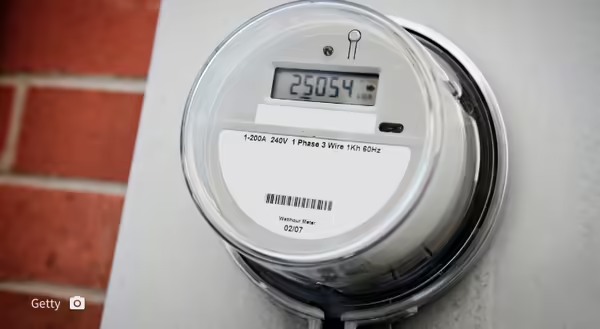
The massive mid-February 2021 winter storm brought dangerous cold, snow and ice to a large portion of the country. The effects were felt from southeast Texas to northern Ohio as the storm lifted from the Gulf Coast to the Ohio Valley. “This brutal winter weather, and our ability to withstand it, serves as a stark reminder of our reliance on the power grid to keep us safe and warm,” says Susan Odum, University of Illinois Extension community and economic development specialist.
As outlined by Scientific American on Energy.gov, the smart grid is “just-in-time” taken to the extreme. With smart grid technologies, power companies match supply with demand, ensuring that every kilowatt is used at the instant it is created. Demand estimates are crucial, as grid operators assess their need for reserve power before a crisis, enabling them to draw power from other grids or secondary power generation sources. When demand outstrips supply, as one might expect during record-setting cold when millions are trying to keep their families safe and warm for a prolonged period, the power grid can be crippled. The result is rolling outages, or in the worst-case scenario, everything can go dark.
As outlined by Reuters in the February 20, 2021 article entitled Why a predictable cold snap crippled the Texas power grid, the crisis stemmed from a confluence of weaknesses in the state’s power system, including an independent and isolated grid, limited ability to draw emergency power from other power grids, and an underestimation of the need for reserve power capacity.
In a February 20, 2021 blog post, the Citizens Utility Board reported that Texas was hardest hit, as record-high demand outstripped supply, forcing the state’s power grid operators to implement rolling outages that left millions of people without power for extended periods. In reality, millions of people across the country suffered through power outages amid the harsh winter temperatures in mid-February. In the wake of the winter storm, these power outages should spark discussion in Illinois and across the country about how we can strengthen the power grid and prevent tragedies that result from dramatic increases in the demand for electricity.
The Illinois Science and Energy Innovation Foundation and PowerSmartPricing.org outline individual, environmental and community benefits when consumers are smart about how and when they use electricity. Individuals may see lower energy costs by implementing energy efficient methods and reducing usage in peak periods, such as on hot summer afternoons or cold winter mornings. Decreased usage during peak demand times reduces the need to build or operate additional power plants and helps lower greenhouse gas emissions. Shifting electricity usage helps reduce stress on the power grid, making electric service more reliable for individuals and communities. Check out Energy.gov for ways to reduce your electricity use and costs.
While millions in the southern states might lack the cold-weather protections we have in Illinois, winter storms can last for days, resulting in brutally cold temperatures and potential power outages. In regions where snow, ice, and cold temperatures are common, winterizing your home and ensuring that your plumbing is protected from freezing are good first steps in preparing for the winter months. It is also important to be prepared for a power outage in your home by knowing how to safely provide food, drinking water, and alternate heating sources. Stay “weather ready” by checking out the additional information on preparing, surviving, and being safe during winter storms and power outages at EDEN- the Extension Disaster Education Network, Ready.gov and Weather.gov.
MEET THE AUTHOR:
Susan Odum is a University of Illinois Extension specialist in Community and Economic Development, specializing in community development and planning. She is also a member of Illinois Extension’s Smart Grid Education Outreach Team. She graduated summa cum laude from Southern Illinois University, Carbondale with a master of business administration. She received nationally-recognized certification as a professional community and economic developer from the Community Development Council. Her office is in Marion.